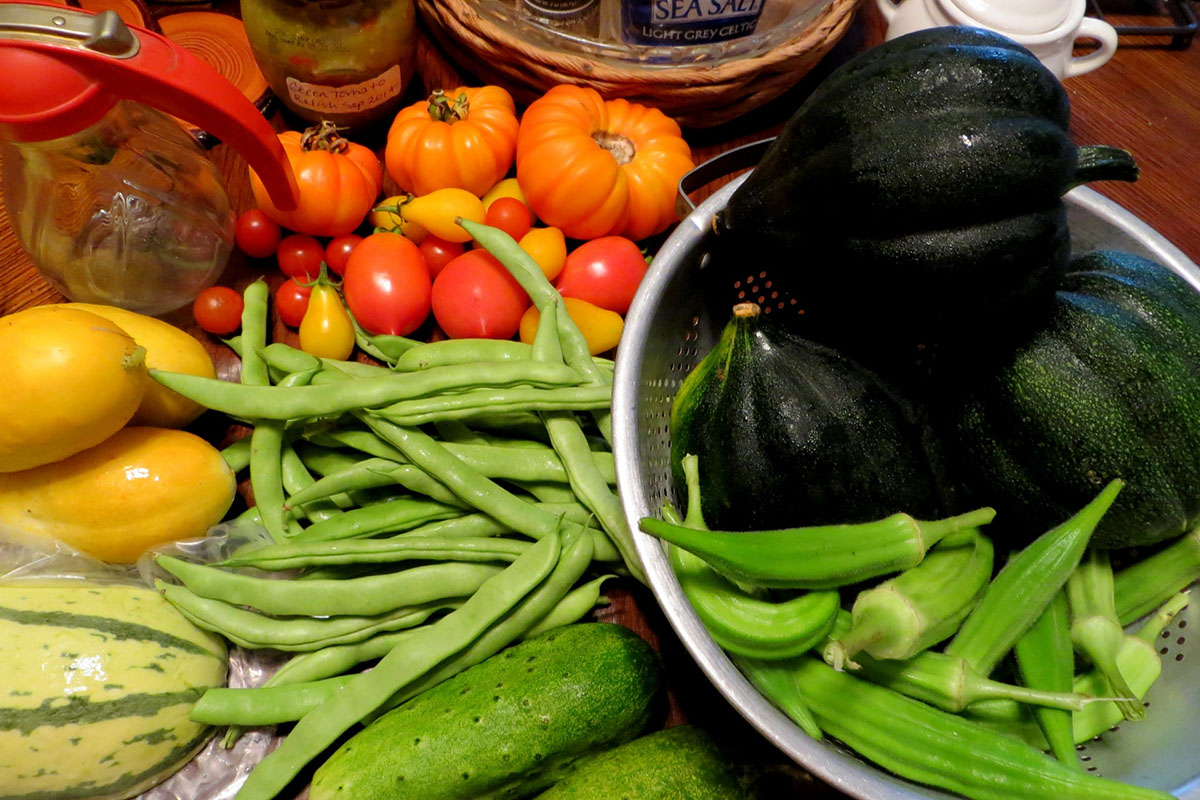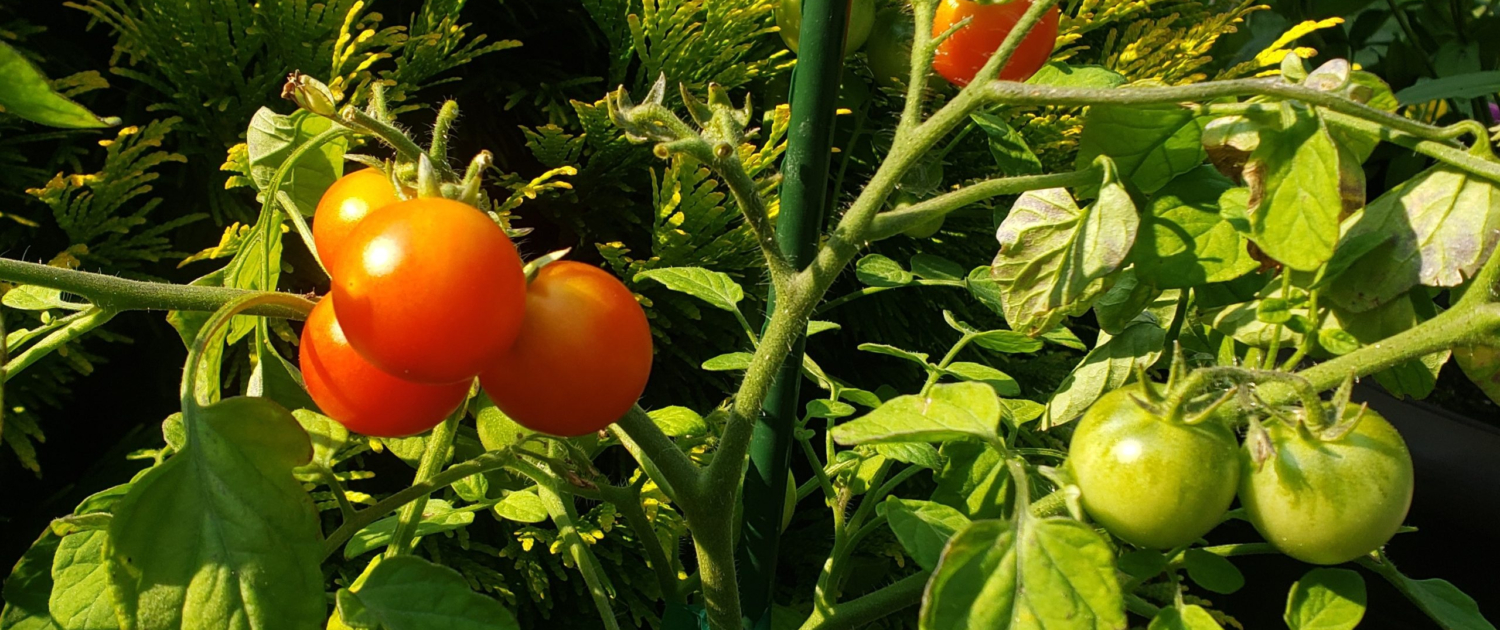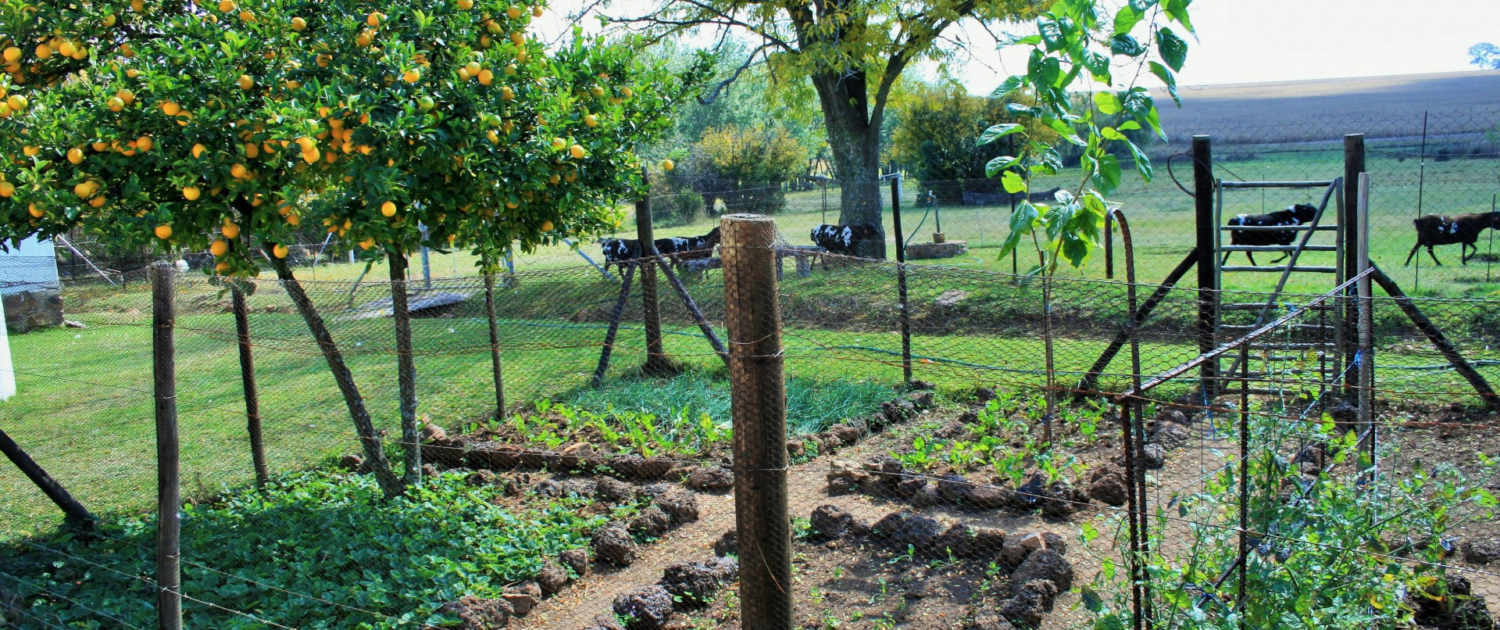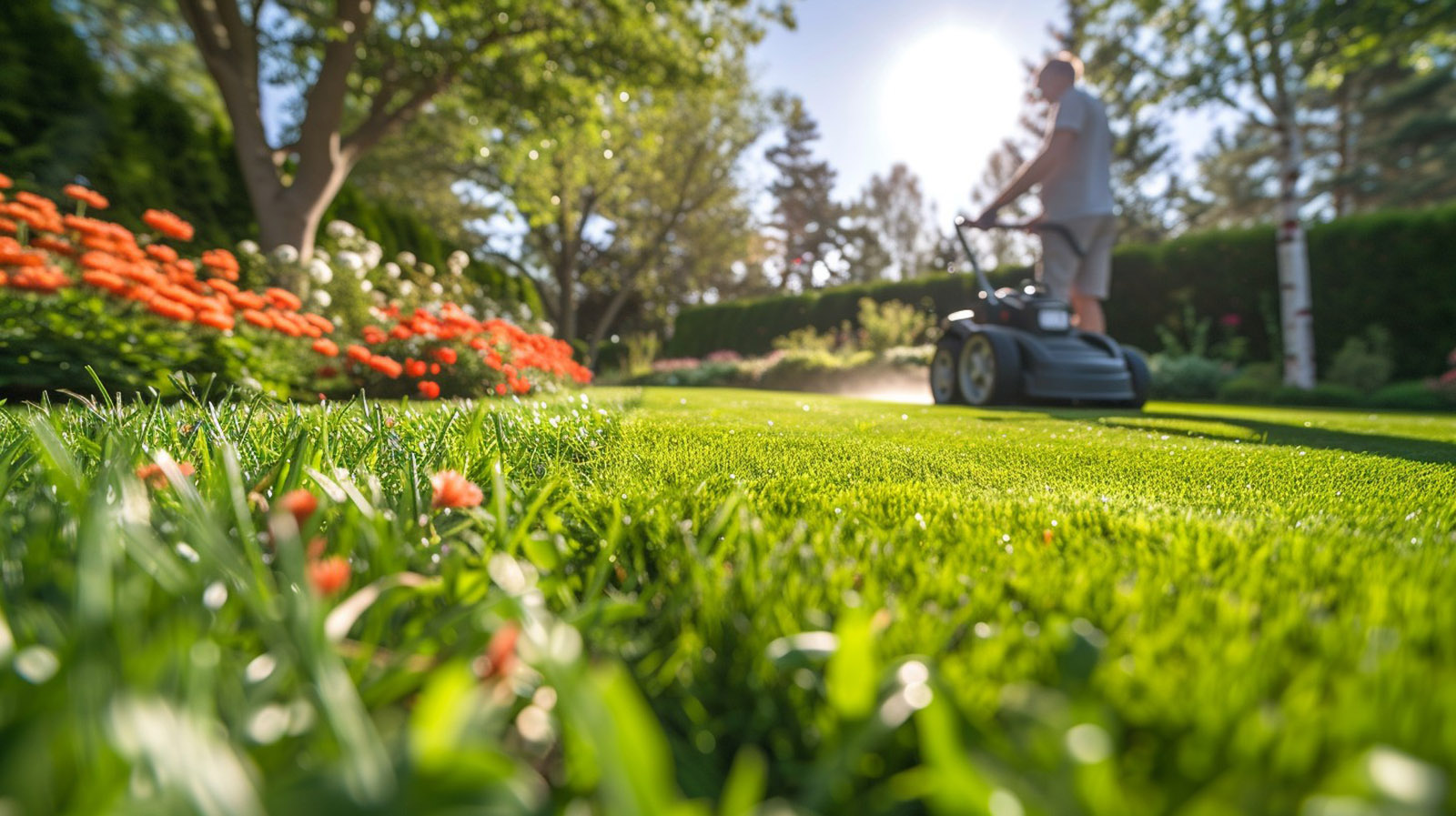
In the vibrant regions of Okanagan, Vancouver Island, and the Lower Mainland, where nature flourishes in abundance, there’s a growing trend that blends beauty with functionality: edible landscaping. Imagine stepping into your backyard and harvesting fresh fruits, vegetables, and herbs straight from your own garden oasis. With the diverse weather and climate of British Columbia in mind, let’s explore how you can transform your yard into a bountiful edible landscape.

Edible Landscaping Incorporating Fruits and Vegetables into Your Yard
- Climate-Compatible Crops: Choose fruits and vegetables that thrive in the unique weather patterns of your region. In the sunny Okanagan, opt for heat-loving crops like tomatoes, peppers, and zucchinis. On temperate Vancouver Island, embrace cool-season vegetables such as kale, lettuce, and broccoli. In the mild climate of the Lower Mainland, consider a variety of crops ranging from strawberries and blueberries to kale and Swiss chard.
- Space-Saving Solutions: Maximize your yard’s potential by incorporating space-saving techniques like vertical gardening, raised beds, and container gardening. These innovative approaches not only optimize limited space but also add visual interest to your landscape, transforming even the smallest outdoor areas into thriving edible gardens.
- Companion Planting: Enhance the health and productivity of your edible landscape by practicing companion planting. By strategically interplanting complementary crops, you can naturally control pests, improve soil fertility, and encourage pollination. For example, pairing tomatoes with basil or marigolds can deter pests while boosting flavor and aroma.
- Seasonal Diversity: Embrace the seasonal diversity of British Columbia by planting a variety of fruits and vegetables throughout the year. From early spring peas and strawberries to fall harvests of pumpkins and squash, your edible landscape can provide a continuous supply of fresh produce, reflecting the changing seasons and flavors of the region.
- Sustainable Practices: Incorporate sustainable gardening practices into your edible landscape, such as mulching, composting, and water conservation. By nurturing the soil with organic matter and conserving water resources, you can create a thriving ecosystem that supports the health and vitality of your edible plants while minimizing environmental impact.

Edible Landscaping Incorporating Fruits and Vegetables into Your Yard
As you embark on the journey of creating your own edible landscape in the Okanagan, Vancouver Island, or the Lower Mainland, remember that the beauty of this endeavor lies not only in the abundance of fresh fruits and vegetables but also in the connection to nature and the joy of cultivating your own food. Whether you’re a seasoned gardener or a novice enthusiast, may your edible landscape be a source of nourishment, inspiration, and delight, enriching both your yard and your life.

